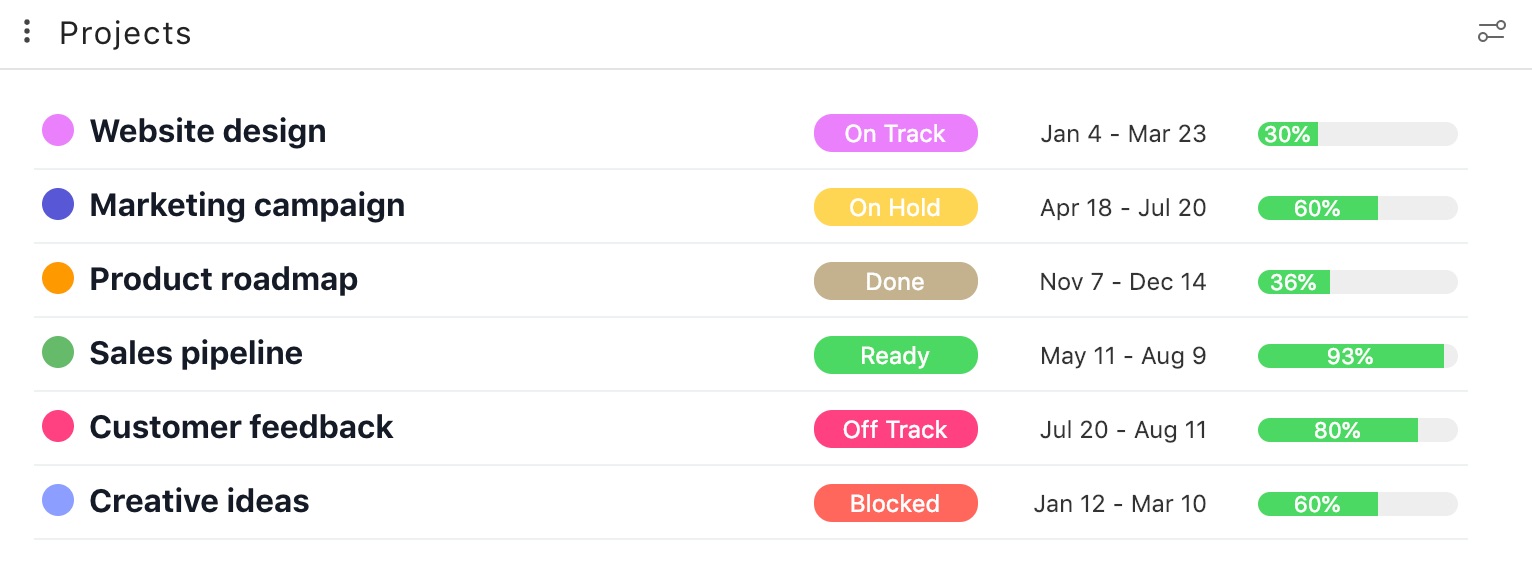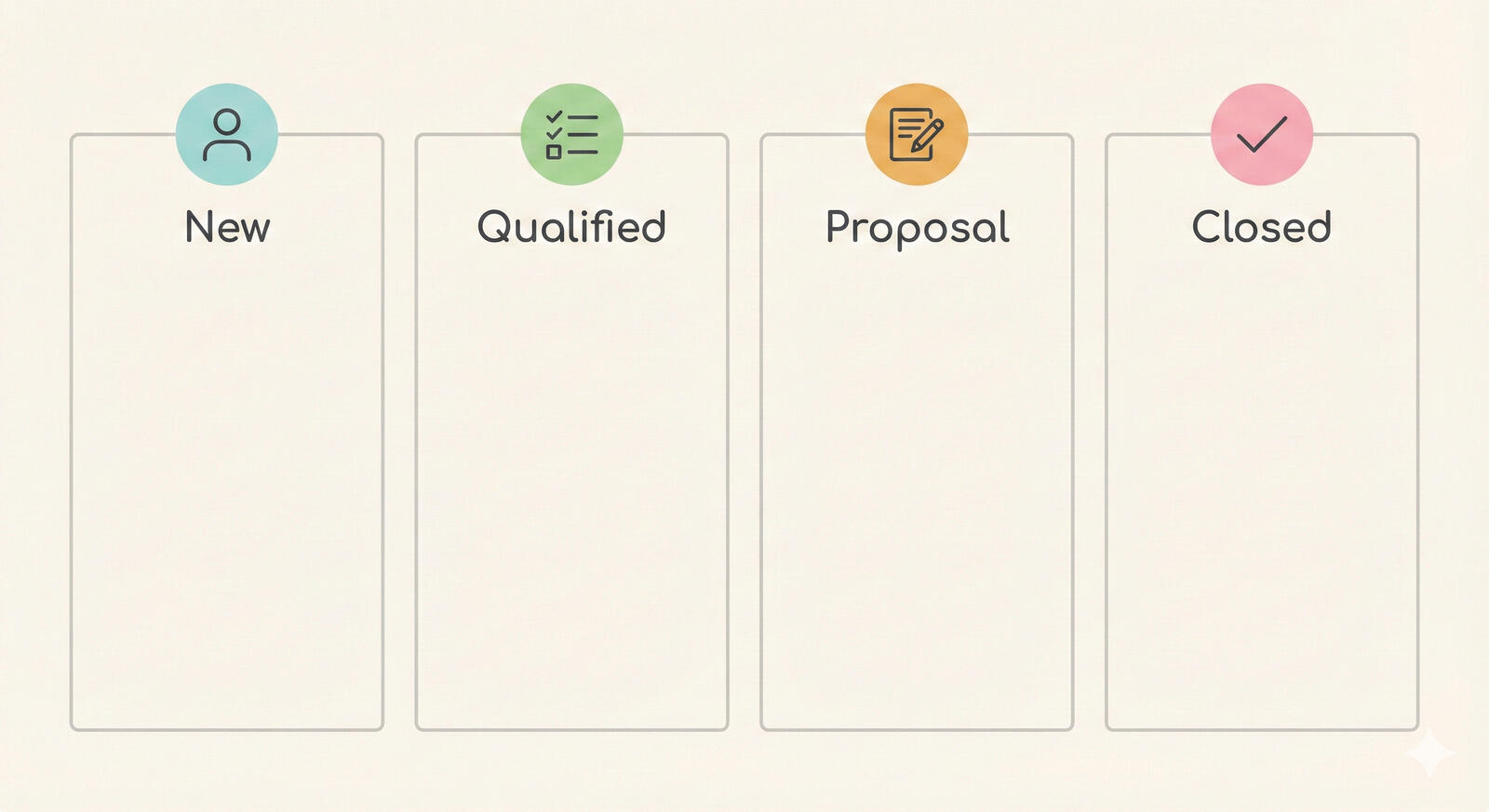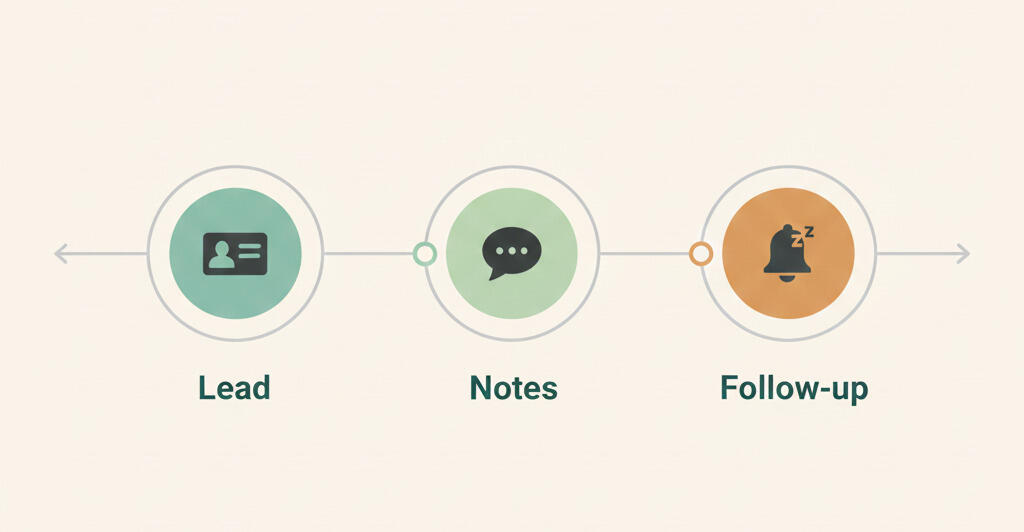How to create a weekly work plan
If you know what you want to achieve by the end of the week, create a weekly work plan to accomplish goals. If you’ve got a challenging task to complete and find it overwhelming, create a weekly plan. Breaking down a big task into smaller activities and assigning your work hours wisely to complete the activities — one step at a time — can help you take better control of your time and tasks.
What is a weekly work plan?
A weekly work plan is an act of fixing time slots for every work task or activity that must be completed during the whole week.

Why should you have a weekly work plan? An idiot with a plan can beat a genius without a plan goes the adage. A weekly work plan will help you improve your time management skills and succeed at work. It can help you:
- Organize and keep track of all your to-dos, appointments, and meetings so you don’t miss a task or deadline.
- Prioritize and complete crucial tasks.
- Allocate sufficient time for every work activity.
- Improve focus on the task at hand while reducing distractions and stress about what task comes next.
How to create an effective weekly work plan in 4 steps
When working on a project, people draft project plans to ensure the project team is always on track, the journey is smooth, and they can meet project deadlines. A weekly plan makes sure your week is smooth and goes just as planned. If this is the first time you’re drafting a weekly work plan, here are four simple steps to help you get started.
1. Analyze your workload
Make a note of all your to-dos and goals for the entire week. When you have the detailed list, you can check off tasks as and when you complete them. You’ll know how much you’ve accomplished and how much is left for you to achieve against your weekly target.

Here are a few tips to consider:
- Write SMART goals and to-do lists so they are specific, measurable, achievable, relevant, and time-bound. It will give you better clarity on your tasks as well as achievements.
- If you’re working toward a long-term goal, you’ll likely be working on a small part of the bigger goal during the week. Specify only the week’s activities in your list.
- Break down big or challenging tasks into smaller, achievable to-dos.
- Do not leave out less-critical deliverables from your weekly to-do list. They may stay pending for months. Instead, color-code tasks based on priority and urgency.
Have you heard of the getting things done (GTD) method for workload management? It focuses on capturing all thoughts and ideas in a trusted place. Next, each captured idea is processed. The ideas are then organized into tasks, reviewed, and acted upon.
2. Create a schedule
Once you have a visual map of your week’s tasks, organize your time with a schedule. Set a deadline for every task. Fixed timelines can help you stay focused.

When you spend time creating a weekly schedule and allocating appropriate time for tasks, you’re likely to identify potential roadblocks. You’ll be mentally prepared to deal with them before they arise. A well-defined work schedule helps improve self-discipline, confidence, productivity, and work quality.
Here are a few tips for creating a weekly work schedule.
- Set realistic timelines. You may use your experience working on similar tasks to add deadlines. If you’ve not tracked your time earlier, start now. Time tracking can give you a fair idea of timelines you should set for similar activities in the future.
- Cannot complete a few tasks from your to-do lists? See if you can move low-priority tasks to a later date. Is everything on your list important and must be completed in the next few days? Then speak to your manager so the tasks can be reassigned to a team member with a relatively low workload.
- You can work on high-priority tasks first or during work hours you are most productive. Lighter tasks can be dealt with during less-productive hours.
- Allocate a fixed time every day for repetitive, essential activities. You’ll be able to complete them faster.
- A few unexpected events cannot be avoided, can they? It’s good to add in some contingency time for such unexpected activities.
- Stay flexible. Some activities can take longer than expected while some can be completed faster than the allocated time. Make the required adjustments to accomplish your weekly goals.
Here are three ways to create an effective work schedule.
- Try time blocking for better time management. Divide your work hours into small blocks of time and then add tasks and activities within each of these blocks. This way you needn’t constantly think about how and when to complete pending tasks. Time blocking helps focus better on the task at hand.
- Use the Pomodoro technique for managing work and breaks. In this method, you create a 25-minute time block — known as a pomodoro, the Italian word for tomato — for focused work. The work interval is followed by a five-minute time block for a break. Repeat the same time-blocking pattern for the remainder of the week. However, after four consecutive work intervals or pomodori, assign a longer break for 15-30 minutes. Use a timer so you know when you need to take a break or move to the next task without having to constantly look at the clock.
- Practice time batching. Batching similar tasks and completing them one after the other can minimize context switching. It can reduce distractions and improve productivity.
3. Use a task management system
Did you use pen and paper or an offline application such as MS Word to note down your to-dos and schedule your weekly tasks? Well, there are easier ways to create your weekly work plan.
A task management system such as Breeze makes weekly task planning and management quick and easy. The tool has a host of features to simplify your daily and weekly workflow.

Accommodating schedule updates
A high-priority web design project has been assigned to you just after you’ve set your weekly schedule. Imagine updating your plan on pen and paper or an offline tool to accommodate the new project. You may need to rewrite or redo the whole plan.
Updating to-do lists and timelines in Breeze is simple. You can easily add new tasks and task lists and then sort them based on priority, timelines, urgency, etc.
Storing project-specific notes and files
There are space limitations to adding notes, comments, and feedback when you use offline tools for task management. Project files will have to be stored in a different location. Though you’ve time-blocked and time-batched your activities, spending time looking for specific notes and files every time you work on a project can impact productivity.
With Breeze, marketers, designers, accountants, managers, and team members can store all project-specific material in a single location. Once you’ve worked on a comment or feedback, you can easily add the related file right into your comment. Upload files from your computer or embed a link to a file on the cloud using Dropbox, Google Drive, Box, or OneDrive.
Collaborating with team members
Even individual contributors require a certain level of collaboration with team members, supervisors, clients, etc. Going through lengthy email conversations and keeping track of external chat tools can be challenging. If you’re resuming work on a long-term project this week, looking for old comments and review notes can be difficult. Searching and gaining context is going to affect your productivity.
Breeze allows built-in discussions and conversations. You can insert project-related comments, ask questions, mention users, and add reactions right in the tool. This way, Breeze reduces the time required to set the context. When you tag a team member in a discussion, Breeze automatically sends them a notification with all related information.
4. Monitor your progress
Well begun is half done. Now that you’re all set with your weekly plan, it’s time to move to the last yet important part — tracking progress. Check off tasks as you complete them. At least once a day, see if you’re adhering to your weekly work plan.

Tracking the progress of your weekly work plan can help in many ways:
- It will give you a detailed perspective on your workload and capacity.
- You’ll be aware of tasks, especially critical deliverables, that are not going as planned. You can address challenges by updating your plan or reassigning tasks.
- By reflecting on issues, challenges, and missed deadlines you’ll know how realistic your weekly work plan was. This will help create more practical plans in the weeks that follow.
With Breeze, it’s easy to update the status of projects and monitor tasks. You can check the status of the whole week’s activities in one place. An at-a-glance overview lets you know what tasks are on track and if there are any that will be delayed. Stay flexible. If there are any roadblocks, you can address them by inserting additional tasks into your work plan. You can also update your weekly work plan by moving certain tasks to a later date or changing timelines as appropriate.
Create and manage your weekly work plan with Breeze
To summarize, creating a weekly work plan and following it diligently can help improve work quality and productivity. You’ll be able to identify and address roadblocks in time. You’ll also have better control over your work hours with the ability to focus better and prioritize deliverables.

If you want to simplify weekly work planning and management, switch to Breeze. Interested in topics that will help you meet deadlines and crush project goals? The Breeze Blog has plenty of resources on productivity and time management.








